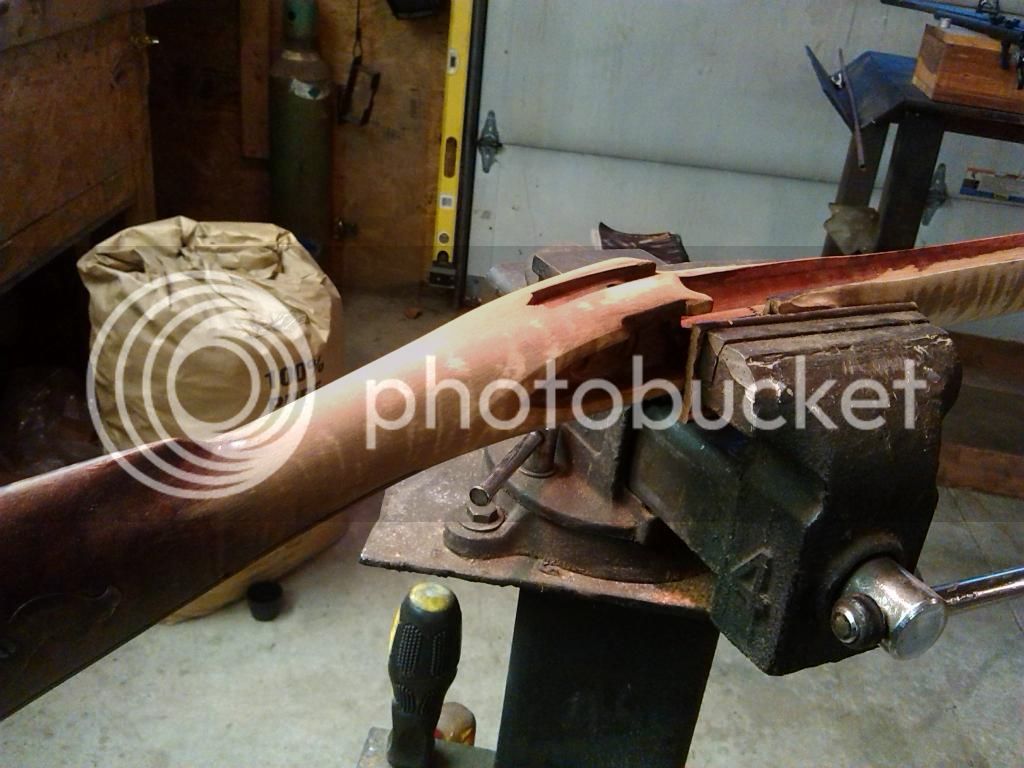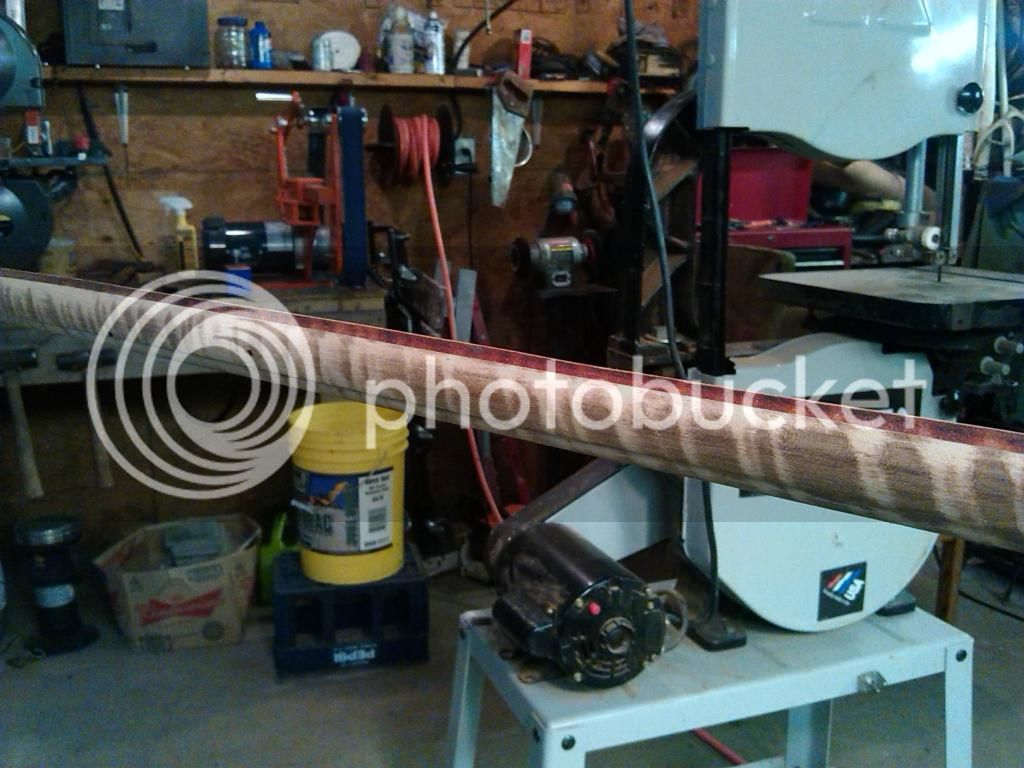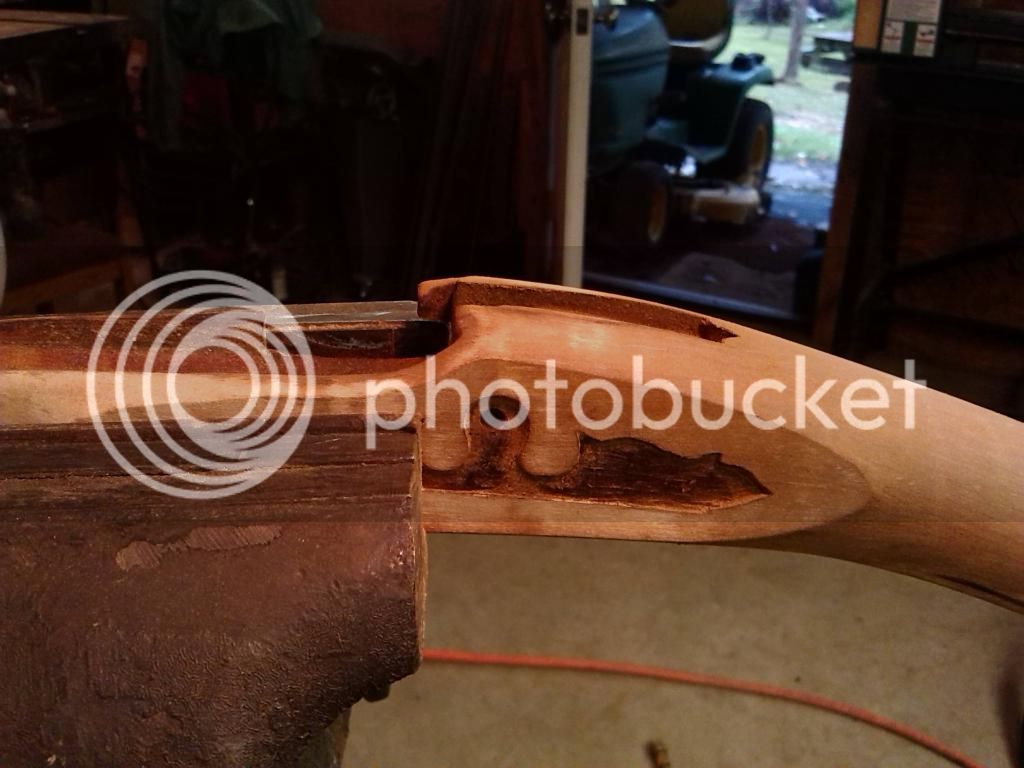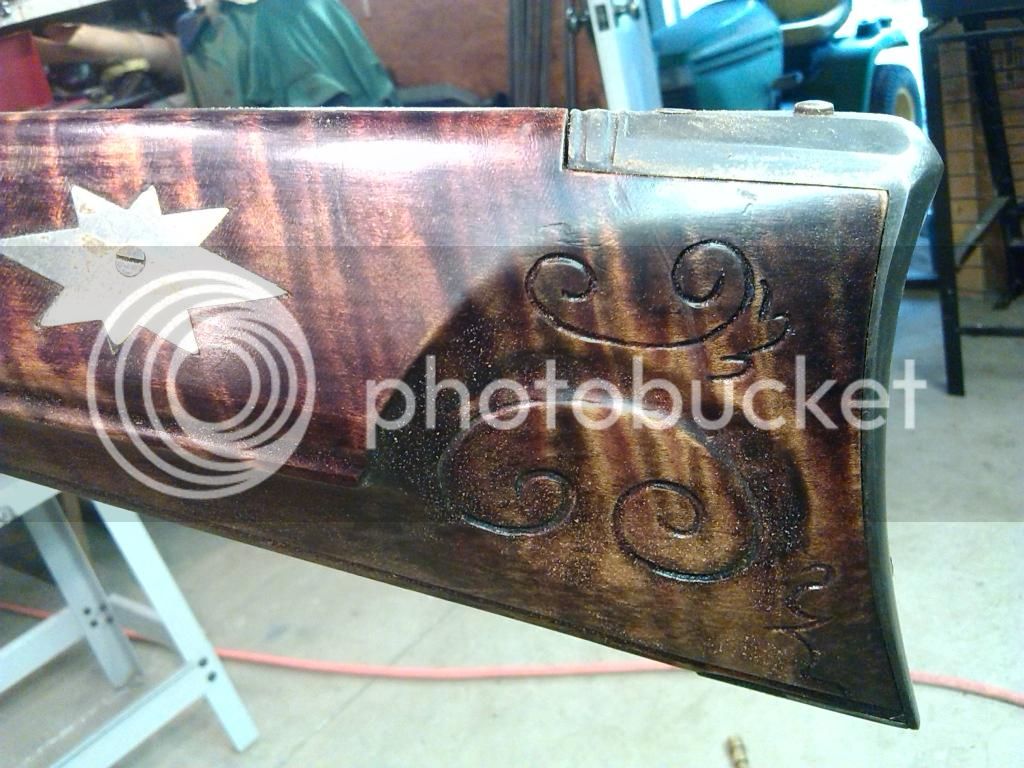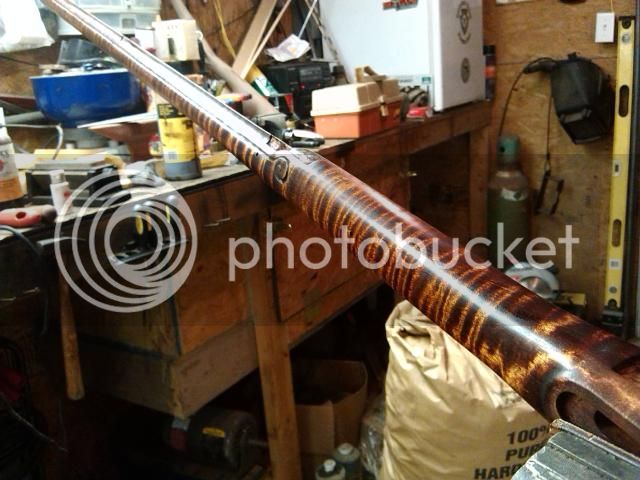Ok guys here is the deal, about 3 years ago i built a lancaster style gun, which was about my 5th gun. well there has always been things about it i did not like,like lock panels not sharp and a few other things. Decided yesterday that it was going to get a redo on the stock. I have been sanding the finish off and working on things as i go to skinny her up a bunch.I am getting to the end of the gun where there is carving and stuff and wounder if stripper would be better for them places and a light sand? am going back with a dark stain..what you think..any suggestions? oyea it has a rice swamped barrel with a patch box. had a few proud parts above the wood so most steel parts will be redone because of the filing they will receive..
-
Friends, our 2nd Amendment rights are always under attack and the NRA has been a constant for decades in helping fight that fight.
We have partnered with the NRA to offer you a discount on membership and Muzzleloading Forum gets a small percentage too of each membership, so you are supporting both the NRA and us.
Use this link to sign up please; https://membership.nra.org/recruiters/join/XR045103
You are using an out of date browser. It may not display this or other websites correctly.
You should upgrade or use an alternative browser.
You should upgrade or use an alternative browser.
flintlock redo
- Thread starter bowkill
- Start date

Help Support Muzzleloading Forum:
This site may earn a commission from merchant affiliate
links, including eBay, Amazon, and others.
The problem with sanding old finish is it quickly 'loads up' or clogs. This usually results in pressing harder to try to keep the sandpaper cutting. That results in loss of control. See where I'm going? Scrapers work much better.
Metal scrapers come in a limited number of profiles, but can be ground to shape to fit specific profiles. But, there is a learning curve to sharpening scrapers so they will cut well.
Another possibility is use freshly broken glass as scrapers. This is also historically correct. Visit a local glass shop & beg/buy some plate glass scraps (not tempered). Place the glass in a doubled paper grocery bag & break it up a bit with a hammer. The bags are to protect you from flying glass fragments. Sort through the broken pieces for one that will give an edge that matches the profile of the spot you want to scrape. NOTE: Be careful, there is nothing sharper then freshly broken glass. It's also a good idea to put tape on the edge you are holding on to, to protect your hands.
Hold the glass almost vertical to the surface you want to scrape & use short, controlled strokes. You should quickly cut through the finish & leave a nice smooth surface on the wood. The glass, being brittle, won't last long, so just find another piece to continue & break some more when necessary.
Finish remover is fine for furniture with large flat surfaces, but still must then be all removed before the new finish can be applied. It can be a real pain to get it out of the detail of carvings.
Paul
Metal scrapers come in a limited number of profiles, but can be ground to shape to fit specific profiles. But, there is a learning curve to sharpening scrapers so they will cut well.
Another possibility is use freshly broken glass as scrapers. This is also historically correct. Visit a local glass shop & beg/buy some plate glass scraps (not tempered). Place the glass in a doubled paper grocery bag & break it up a bit with a hammer. The bags are to protect you from flying glass fragments. Sort through the broken pieces for one that will give an edge that matches the profile of the spot you want to scrape. NOTE: Be careful, there is nothing sharper then freshly broken glass. It's also a good idea to put tape on the edge you are holding on to, to protect your hands.
Hold the glass almost vertical to the surface you want to scrape & use short, controlled strokes. You should quickly cut through the finish & leave a nice smooth surface on the wood. The glass, being brittle, won't last long, so just find another piece to continue & break some more when necessary.
Finish remover is fine for furniture with large flat surfaces, but still must then be all removed before the new finish can be applied. It can be a real pain to get it out of the detail of carvings.
Paul
vacca rabite
36 Cal.
- Joined
- Sep 4, 2013
- Messages
- 77
- Reaction score
- 0
I hate using chemical stripper.It works, but it is a mess and is SLOW.
I also have used a scraper. My scraper is just a knife - whichever knife I happen to grab first.
I like the glass idea. Never thought of doing that.
Years back I worked wooden tall ships. We would have to remove the varnish from the masts and yards annually. We used scrapers, never stripper and never sand paper. That stuck with me.
I have tried stripper on stocks before. Each time I have given up on the mess and gone and fetched a knife to scrape the stock anyway.
Zach
I also have used a scraper. My scraper is just a knife - whichever knife I happen to grab first.
I like the glass idea. Never thought of doing that.
Years back I worked wooden tall ships. We would have to remove the varnish from the masts and yards annually. We used scrapers, never stripper and never sand paper. That stuck with me.
I have tried stripper on stocks before. Each time I have given up on the mess and gone and fetched a knife to scrape the stock anyway.
Zach
Similar threads
- Replies
- 41
- Views
- 2K



